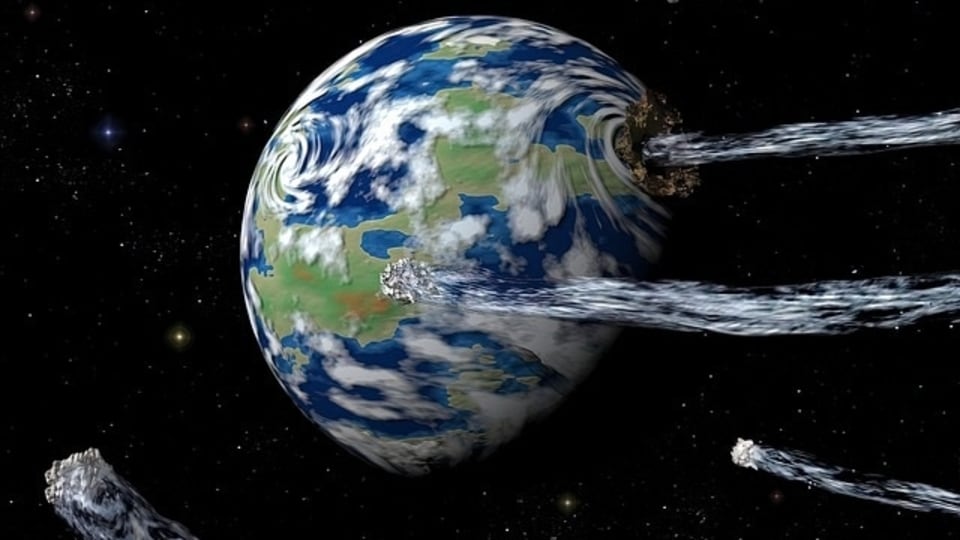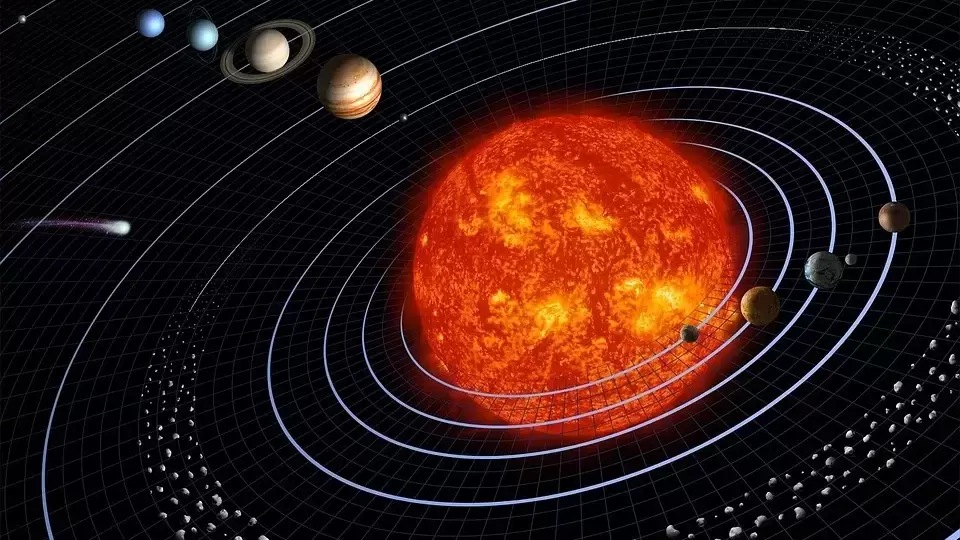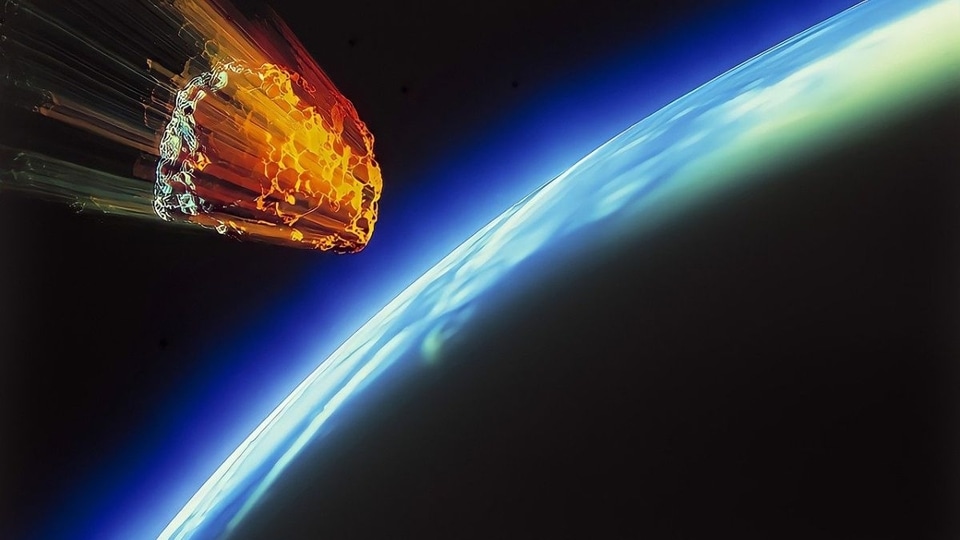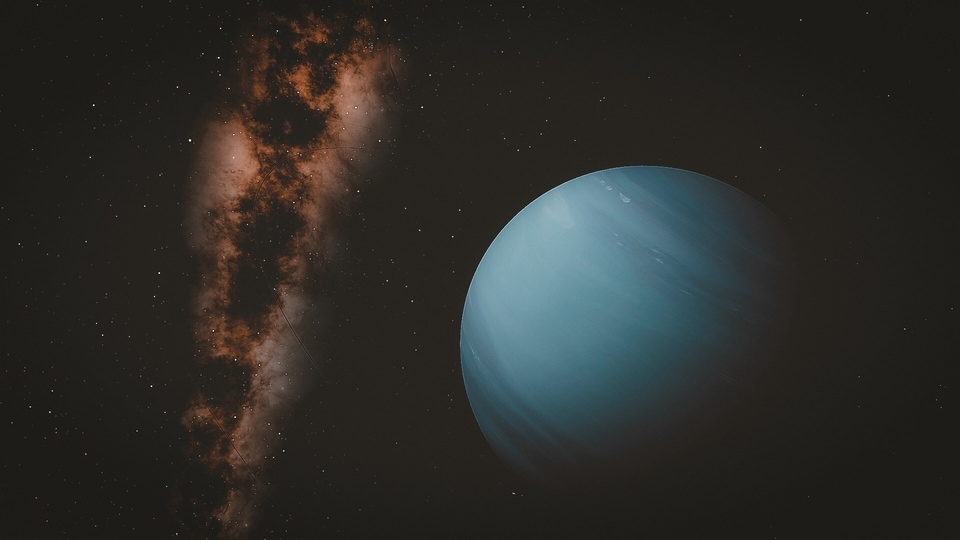NASA's New Horizons, Hubble Space Telescope to observe Uranus and Neptune, send invite to amateur astronomers
New Horizons and Hubble Space Telescope will be focused on the details of the planets' atmospheres and the transfer of heat from their rocky cores through their gaseous exteriors.





 View all Images
View all ImagesUS space agency NASA's New Horizons spacecraft is again gearing up for an exciting endeavor this fall. While stationed in the outer reaches of the solar system, it plans to undertake an observation of Uranus and Neptune. Earlier, the New Horizons was used to study the dwarf planet Pluto. The mission's team is extending an invitation to the global community of amateur astronomers to join in on this remarkable journey. By observing both ice giants simultaneously, enthusiasts can actively contribute to space science.
New Horizons Mission
In the upcoming September venture, New Horizons will collaborate with the Hubble Space Telescope. The spacecraft will turn its color camera towards Uranus and Neptune. Situated in the Kuiper Belt, a distance of over 5 billion miles from Earth, this unique perspective "behind" the two massive planets promises to yield fresh insights into their atmospheres and the energy dynamics that govern their worlds.
Alan Stern, New Horizons principal investigator from the Southwest Research Institute in Boulder, Colorado said, “By combining the information New Horizons collects in space with data from telescopes on Earth, we can supplement and even strengthen our models to uncover the mysteries swirling in the atmospheres of Uranus and Neptune,”.
“Even from amateur astronomer telescopes as small as 16 inches, these complementary observations can be extremely important,” he further added.
New Horizons and Hubble will be focused on the details of the planets' atmospheres and the transfer of heat from their rocky cores through their gaseous exteriors. Observers on Earth can also measure the distribution of bright features on Uranus or characterize any unusually bright features on Neptune. They can also track those features much longer than either spacecraft.
After the research,observers can post their images – as well as the details of when they were made and in what filter passbands -- on X (formerly Twitter) or Facebook using the hashtag #NHIceGiants. The team will see and collect the images and supporting information posted on these platforms using this hashtag.
According to NASA, the Hubble images of Uranus and Neptune will be made publicly available in late September and people get its access on the Mikulski Archive for Space Telescopes, or MAST, at archive.stsci.edu. The New Horizons team is expecting to receive the images of Uranus and Neptune from the spacecraft by the end of 2023.
The Johns Hopkins Applied Physics Laboratory in Maryland made, built, and runs the New Horizons spacecraft. They work with NASA's Science Mission Directorate. The Southwest Research Institute in Texas and Colorado also helps with the mission. The spacecraft is managed by NASA's Marshall Space Flight Center in Alabama as part of the New Frontiers Program.
Catch all the Latest Tech News, Mobile News, Laptop News, Gaming news, Wearables News , How To News, also keep up with us on Whatsapp channel,Twitter, Facebook, Google News, and Instagram. For our latest videos, subscribe to our YouTube channel.
































